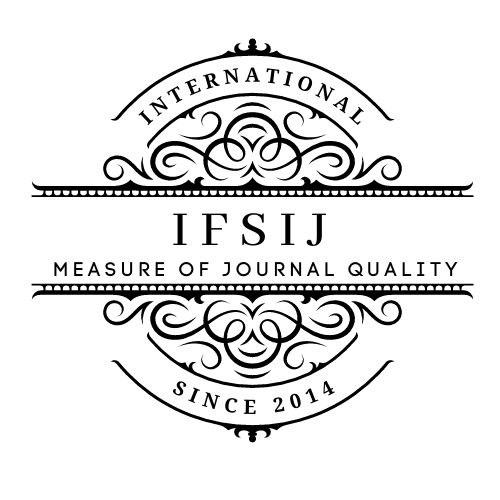IS CRITICAL PERIOD HYPOTHESIS LINKED TO AGE?
Keywords:
Critical Period Hypothesis (CPH), Second Language Acquisition (SLA), Target Language (TL), Foreign Language Learning (FL), lateralization, puberty.Abstract
This work presents a complete investigation of the Critical Period Hypothesis (CPH) in second language acquisition (SLA) by means of empirical evidence on age-related language learning as well as theoretical underpinnings. Starting with Lenneberg's 1967 and Penfield and Roberts's 1959 basic studies, which hold that adolescence is the last stage to acquire a language since neurological changes in the brain define adolescence, "Genie" and "Isabelle" help to show the impact of early exposure—or lack thereof. Research by Patkowski (1980), Johnson and Newport (1989), and DeKeyser (2000) then takes front stage. These studies all show greater proof that younger children than adults are more readily acquiring native-like ability. Still, research by Snow, Bialystok, Krashen, and others highlight the advantages of older students—including sharpening of analytical and cognitive abilities. Though the argument is still under development, the author gets to the conclusion that several learner traits—including motivation, instructional tactics, and social context—are rather important. Teachers must thus design suitable learning environments that maximize language development independent of the developmental level of a student.
Downloads
Published
How to Cite
Issue
Section
License

This work is licensed under a Creative Commons Attribution-NonCommercial-NoDerivatives 4.0 International License.















